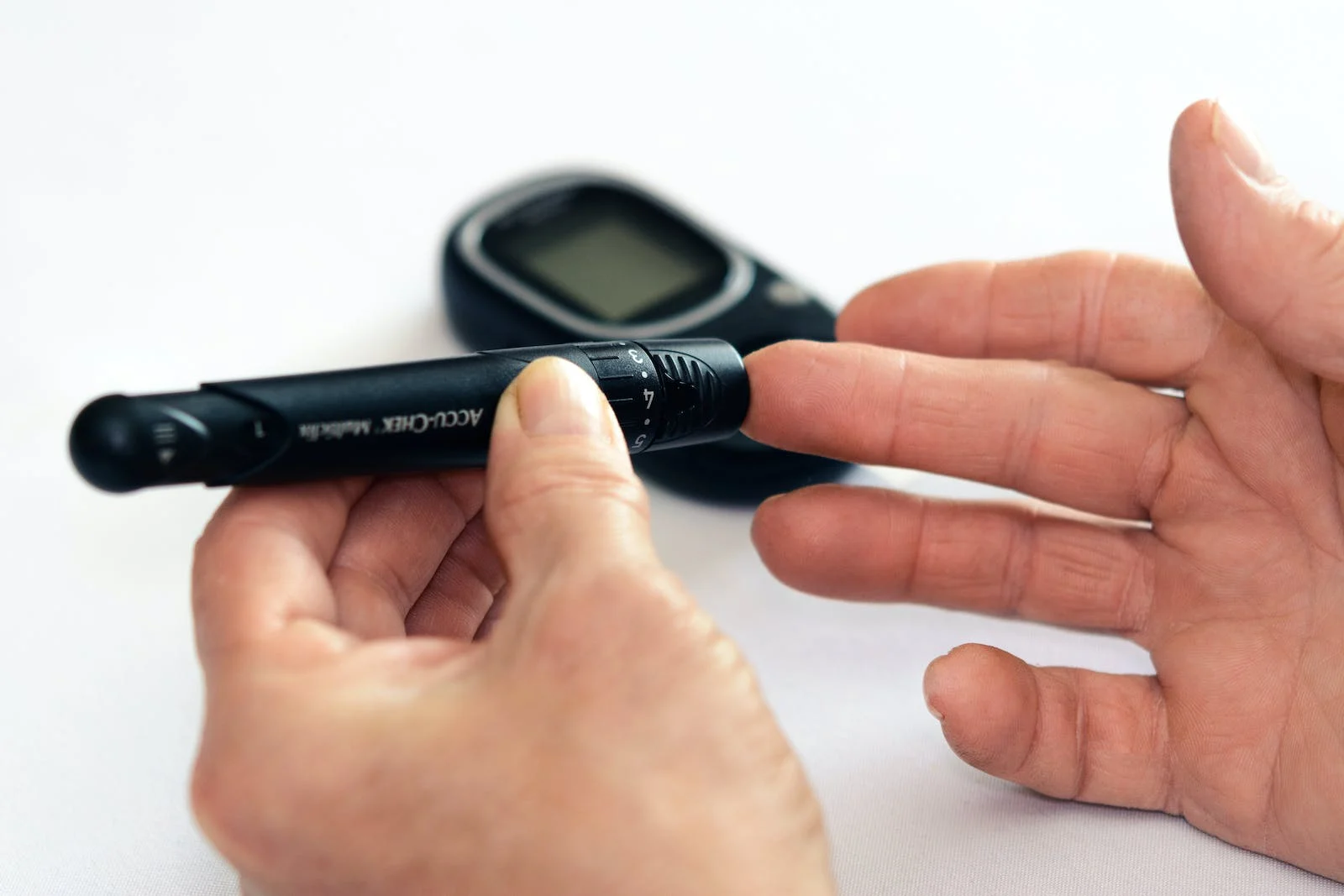

1 in 3 U.S. adults has prediabetes, many unknowingly
One in three U.S. adults has prediabetes, according to the CDC. In raw numbers, that’s about 98 million people.
Most don’t know that they have elevated blood sugars, which makes the situation more alarming, said Dr. Subbulaxmi Trikudanathan, medical director for the UW Medicine Diabetes Institute.
“Prediabetes is very silent,” she said. “There can be subtle signs, but often you don't have any symptoms. And it can develop at any age, so screening is important.”
In fact, as the U.S. obesity problem has accelerated, Trikudanathan said she has seen increasingly younger patients, even in their 20s, with prediabetes. This might stem from multiple factors, importantly greater consumption of processed and sugary foods, as well as lack of exercise, she said.
Symptoms
Although the condition is subtle, there are symptoms to watch for. They include increased urination, feeling thirsty, blurred vision and fatigue, she said. In addition, a person’s skin can subtly take on a darkening or a velvety appearance around the neck, armpits, and groin. These changes suggest insulin resistance.
Sometimes there are no symptoms at all.
Screening
Trikudanathan suggests that adults start testing their glucose levels at age 35. People who have risk factors such as being overweight, a family history of type 2 diabetes, women with a history of gestational diabetes or polycystic ovary syndrome, should be screened earlier.
Black, Latino, Native American, Alaska Native, Pacific Islander and Asian American people are at higher risk to develop prediabetes, according to the CDC.
It is important to note that genetic factors play a role in the risk of developing prediabetes and so people with normal weight can also develop prediabetes if they have other risk factors, she said.
If a screening indicates you have prediabetes, there are ways to stave off full-blown diabetes, Trikudanathan said.
In a national landmark study, she noted “we found that with a structured intensive lifestyle program, where these participants lost about 5 to 7% of their body weight, one can reduce the progression to type 2 diabetes by 58%.”
In the same study another arm showed that the drug metformin yielded a 31% reduction in the development of type 2 diabetes, she said. This study was conducted before the drugs Ozempic and Mounjaro became available for diabetes treatment.
Metformin reduces the release of glucose from the liver and improves the body's response to insulin. Incretin-based therapies such as Ozempic and Mounjaro work by harnessing the gut hormones, which, in turn, stimulate the pancreas to release insulin in response to food, delay emptying of the stomach and increase satiety.
When some 2,700 participants in the national study were followed for a decade, at least one-third of them did not advance to full diabetes, she said.
But many others will.
“At least 70% (with prediabetes) will develop diabetes in their lifetime,” Trikudanathan said. “But we could delay it over several years. And if they do develop diabetes, it's not a failure of their habits or lifestyle. It's just that their body is not able to make more insulin.”
Tips for lifestyle changes
Techniques used in the national study can readily apply to daily life, she said. Choosing fresh vegetables, more high-fiber foods and cutting out processed and highly sugared food is key. Incorporating daily exercise and movement into your routine is important, even if it’s as little as 15 minutes twice a day.
She also suggests being careful what you select at the grocery store, and to use the aisles as a chance to take an indoor walk.
“It’s a pet peeve of mine, but I tell my patients to be intentional in what you choose and bring home to make,” she said. “Even when you're doing that shopping, just go around the shop two or three times, get more steps, and then come back and choose your products.”
Also, get enough sleep. Studies have shown that lack of sleep, six hours or less a night, can increase the likelihood of developing insulin resistance, which contributes to prediabetes, she noted.
Holiday tips
As winter holidays begin, plan ahead for office parties and other gatherings, she advised. After a party, take a 15-minute walk with a friend.
“Lifestyle changes — just small, realistic steps that you're adding, and focusing on nutritional changes, eating a more balanced diet, more movement (150 minutes a week), and good sleep hygiene — this is all going to help,” Trikudanathan said.
Future research
Trikudanathan thinks future research will focus on how different parts of the body communicate, particularly the brain and the neuroendocrine pathways in sensing and regulating glucose levels. The study of biomarkers also is important, so that interventions can be individualized, she said.
“Particularly to see how we can stratify those at the highest risk for progressing toward diabetes, and target that group,” she said. “I mean, we have 98 million people, so how can we target the most vulnerable group that's going to progress faster? What solutions can we offer them?”